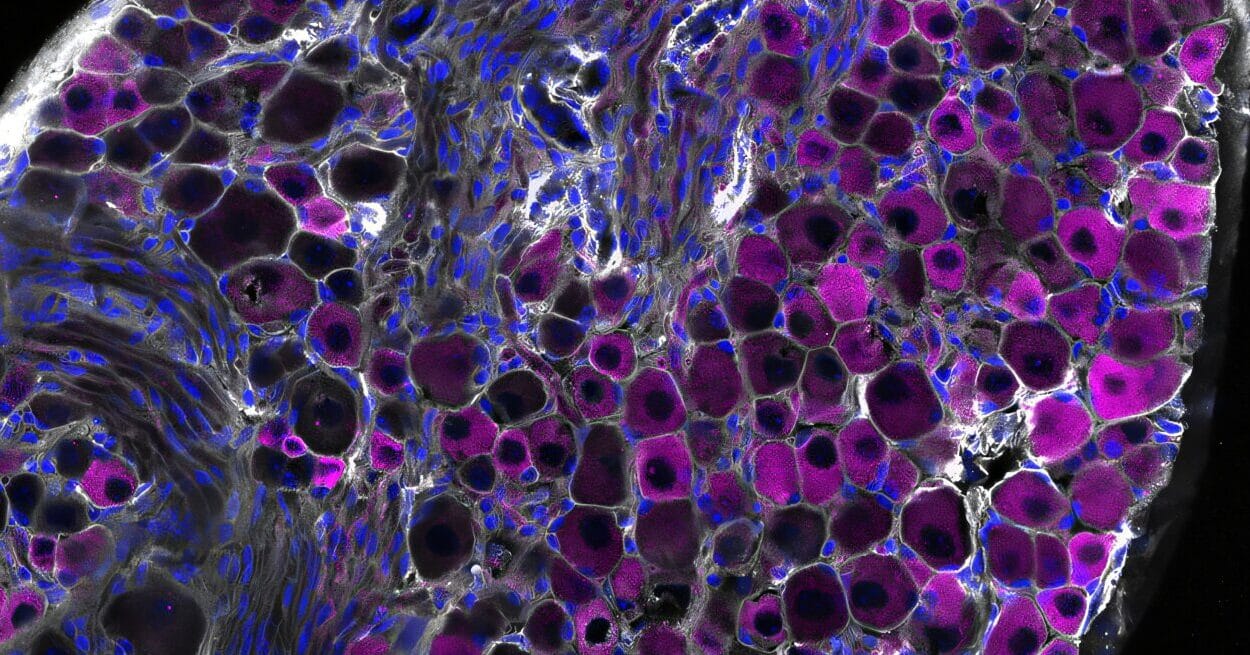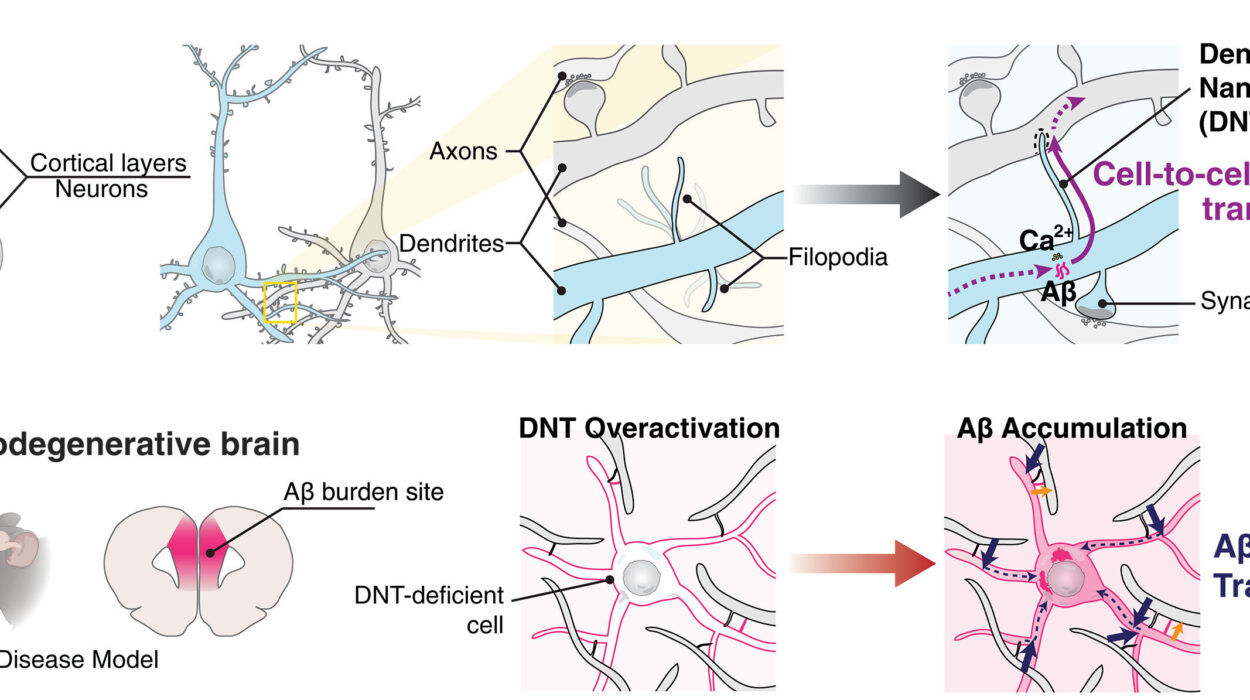The first time most of us encounter a doctor, we’re wrapped in a blanket, blinking at the world for the first time. That doctor, more often than not, is a pediatrician. From our first heartbeat in the womb to the moment we stride across the graduation stage, pediatricians stand silently behind the scenes—healing scraped knees, fighting fevers, calming anxious parents, and tracking every inch of our growth.
But pediatrics is not just “baby medicine.” It’s a highly specialized branch of medicine that encompasses the complex, ever-changing needs of children—from birth through adolescence and even into early adulthood. Pediatricians are not just doctors. They are detectives, educators, psychologists, mentors, and sometimes even magicians, coaxing cooperation out of frightened toddlers and teenagers alike.
In a world where medicine often caters to adults, pediatrics remains a sacred space—a practice built entirely around the needs of children, who are not just smaller versions of adults, but entirely different beings.
So, what is pediatrics, really? Why is it such a vital part of the medical landscape? How do pediatricians balance the science of healing with the art of nurturing? In this comprehensive exploration, we’ll take a deep dive into the world of pediatric medicine and discover why its impact is not only medical but deeply human.
Understanding Pediatrics: A Specialty Like No Other
Pediatrics is the branch of medicine that focuses on the physical, emotional, and social health of infants, children, and adolescents. The word comes from the Greek paidi, meaning child, and iatros, meaning healer or doctor. Unlike adult medicine, which often deals with chronic diseases, pediatrics is primarily concerned with growth, development, and prevention.
From a medical standpoint, pediatrics covers a wide spectrum of healthcare services: diagnosis and treatment of acute and chronic illnesses, monitoring developmental milestones, conducting immunizations, and addressing behavioral concerns. But pediatrics is also about building relationships—not just with young patients, but with their families. The pediatrician becomes a guide, a partner in the parenting journey.
More than that, pediatrics is proactive. It’s focused not just on curing disease, but on shaping futures. By intervening early—whether it’s correcting a physical ailment, catching a developmental delay, or treating mental health concerns—pediatricians help ensure children have the best possible foundation for a healthy life.
The Journey from Womb to World: Prenatal and Neonatal Care
Pediatric care doesn’t start after birth—it begins long before a baby ever sees the light of day. In fact, pediatricians often collaborate with obstetricians during pregnancy to assess the health of the fetus, plan for any special needs, and prepare for potential complications.
When a baby is born, especially if born prematurely or with health conditions, the pediatric team takes over almost immediately. Neonatologists, a specialized subset of pediatricians, care for infants in neonatal intensive care units (NICUs). These tiny patients might be battling infections, breathing difficulties, or congenital abnormalities. Here, medicine meets miracle. Advances in neonatal care have pushed the boundaries of survival for preterm babies as small as 500 grams.
But even healthy full-term babies need immediate evaluation. Pediatricians perform a full-body assessment, check reflexes, look for signs of jaundice, and ensure feeding begins properly. The newborn stage is fragile, and pediatricians serve as vigilant guardians during this critical window.
Infancy and Early Childhood: Laying the Foundation
The first five years of life are arguably the most important in terms of development. In this short window, a child goes from a helpless infant to a walking, talking, thinking individual. Pediatricians are front and center during this transformative phase.
Routine well-baby visits are key. These checkups—often scheduled at two-week, two-month, four-month, and other regular intervals—aren’t just about shots. They are about measurement and observation: Is the baby gaining weight appropriately? Is head circumference within range? Are motor skills developing on time? Is speech beginning to emerge?
Vaccination is another cornerstone of pediatric care. These early years are when children receive protection against life-threatening illnesses like measles, whooping cough, polio, and meningitis. Pediatricians are responsible for ensuring these vaccines are administered safely and on schedule.
Feeding and nutrition also dominate early visits. Pediatricians counsel parents on breastfeeding, formula choices, the introduction of solids, and how to spot food allergies. They help navigate sleep problems, colic, teething, and more—turning medical science into everyday parenting advice.
Behavioral guidance becomes more prominent in toddlerhood. Is the child showing signs of attachment, empathy, and curiosity? Are tantrums within normal limits, or could they signal something deeper? Pediatricians use these moments to evaluate mental health and emotional regulation, long before a child can fully articulate how they feel.
The Middle Years: Growth, Learning, and Socialization
As children move into the school-age years, pediatric care shifts from physical growth to include academic performance, emotional well-being, and social development. At this stage, children begin to explore the world outside their family units, making peer relationships and school performance central to their lives.
Pediatricians continue to monitor physical health—tracking height, weight, and vision, and managing common illnesses like strep throat or ear infections—but also address learning difficulties, behavioral issues, and early signs of anxiety or depression. Children with ADHD, autism spectrum disorder, or learning disabilities often receive their first diagnoses during these years, making early pediatric intervention crucial.
Nutrition and physical activity also take on new importance. With childhood obesity rates rising globally, pediatricians must educate families about healthy diets, screen time limits, and the importance of physical play. They may also intervene in cases of eating disorders or poor body image.
School health is a critical area. Pediatricians review immunization records, conduct sports physicals, and advocate for accommodations when chronic illnesses impact academic performance. They become partners not only to parents but to schools, teachers, and counselors, forming a circle of support around the child.
Adolescence: Navigating the Storm
Teenagers are not just big kids. They are complex, emotional, hormonal, and often misunderstood individuals transitioning from dependence to autonomy. Pediatrics doesn’t abandon them at puberty—instead, it evolves to meet them where they are.
Adolescent medicine is a unique subfield that addresses the challenges of the teenage years. Pediatricians discuss topics like sexual health, identity, peer pressure, substance use, mood disorders, self-harm, and digital behavior. These are sensitive subjects, often layered with secrecy and shame. A skilled pediatrician creates a safe, confidential space where teens can speak freely—sometimes more openly than with their parents.
Physical health remains important: monitoring growth spurts, managing menstrual issues, treating acne, screening for scoliosis or sports injuries. But increasingly, the focus shifts to mental health. Depression and anxiety are on the rise among teenagers, exacerbated by social media, academic pressure, and global uncertainty. Pediatricians become first responders in mental health care, identifying symptoms, initiating counseling referrals, and sometimes managing medication.
Transitioning to adult care also begins in adolescence. Pediatricians guide teens on how to take responsibility for their own health, manage chronic conditions independently, and prepare for the move to adult medicine—a process known as transition planning.
The Pediatric Toolbox: Diagnostic Skills and Treatments
Pediatricians are uniquely trained to diagnose diseases in patients who often can’t explain what they’re feeling. A three-year-old can’t describe chest tightness or articulate that their stomach pain is intermittent. Pediatricians must read between the lines—decoding cries, behaviors, facial expressions, and parental observations.
Tools like the stethoscope, otoscope, reflex hammer, and growth charts become extensions of the pediatrician’s body. But so does empathy. Engaging a frightened child, examining a squirming baby, or calming an anxious parent requires interpersonal skills as sharp as any scalpel.
Pediatric treatments must also be precise. Medication dosages are calculated down to milligrams per kilogram of body weight. Equipment is child-sized. Sedation, surgery, and therapies are customized for growing bodies.
Prevention is always paramount. Pediatricians emphasize anticipatory guidance: warning about potential issues before they arise, like choking hazards, poisonings, or screen addiction. They educate caregivers to be proactive, not reactive.
Pediatric Subspecialties: Medicine Within Medicine
Pediatrics, like adult medicine, has many subspecialties. A general pediatrician may refer a patient to:
- Pediatric cardiologists for heart defects
- Pediatric neurologists for seizures or developmental delays
- Pediatric endocrinologists for diabetes or growth disorders
- Pediatric oncologists for childhood cancers
- Pediatric surgeons for corrective operations
- Pediatric psychiatrists for complex mental health conditions
Each subspecialist brings deep expertise, but all remain focused on the central truth of pediatrics: children are different. Their physiology, psychology, and social context demand tailored care.
Cultural Sensitivity and Pediatric Practice
Children grow up in the context of culture, and effective pediatric care must honor that. Whether it’s dietary habits, religious beliefs about vaccination, or language barriers, pediatricians work within a family’s cultural framework to deliver care that is respectful and effective.
Cultural competence isn’t just polite—it’s essential. Understanding family dynamics, traditional healing practices, and parental expectations can mean the difference between compliance and conflict. In multicultural societies, pediatricians often serve as bridges—between tradition and modernity, between generations, between worlds.
Ethics in Pediatric Medicine
Pediatrics also poses unique ethical dilemmas. Children cannot give legal consent, so decisions fall to guardians. But what happens when a teenager wants birth control without parental knowledge? What if parents refuse life-saving treatment due to religious beliefs?
Pediatricians must navigate these gray areas, balancing parental rights with a child’s best interests, autonomy with safety, law with compassion. They act as advocates, protectors, and sometimes mediators.
In cases of abuse or neglect, pediatricians are mandated reporters. Their duty is not just to treat the child, but to protect them—even if that means confronting the family.
The Pediatrician-Parent Partnership
Perhaps the most unique aspect of pediatrics is the triad relationship: doctor, patient, and parent. Pediatricians must build trust with parents while forging bonds with children. They must educate without judging, advise without alarming, and lead without undermining parental authority.
When this partnership works, it’s powerful. Pediatricians become lifelong companions, watching children grow from infancy into adulthood. They celebrate milestones, mourn setbacks, and often care for multiple generations within the same family.
The Future of Pediatrics: Innovation and Advocacy
Pediatrics continues to evolve. Advances in genetics, vaccines, artificial intelligence, and telemedicine are reshaping how care is delivered. Pediatricians are now using apps to track development, virtual visits to counsel teens, and predictive tools to identify risks before they manifest.
Pediatricians are also on the front lines of advocacy. They push for better nutrition in schools, fight for clean air and safe housing, campaign against gun violence, and champion mental health reform. They understand that a child’s health is not just clinical—it’s societal.
Conclusion: Why Pediatrics Matters More Than Ever
Pediatrics is more than a medical specialty. It’s a calling, a commitment to the idea that every child deserves a healthy start in life. Pediatricians do not just diagnose diseases—they shape destinies.
They sit at the intersection of science and soul, applying medical knowledge with a tenderness that recognizes childhood for what it is: fleeting, precious, and foundational.
In a world increasingly focused on the immediate, pediatrics dares to look forward—to invest in the long, slow, miraculous process of growing up. For every child they heal, counsel, or comfort, pediatricians plant seeds that may bloom decades later.
So the next time you see a pediatrician, remember: they’re not just treating a cough or checking an ear infection. They’re building the future—one child at a time.






